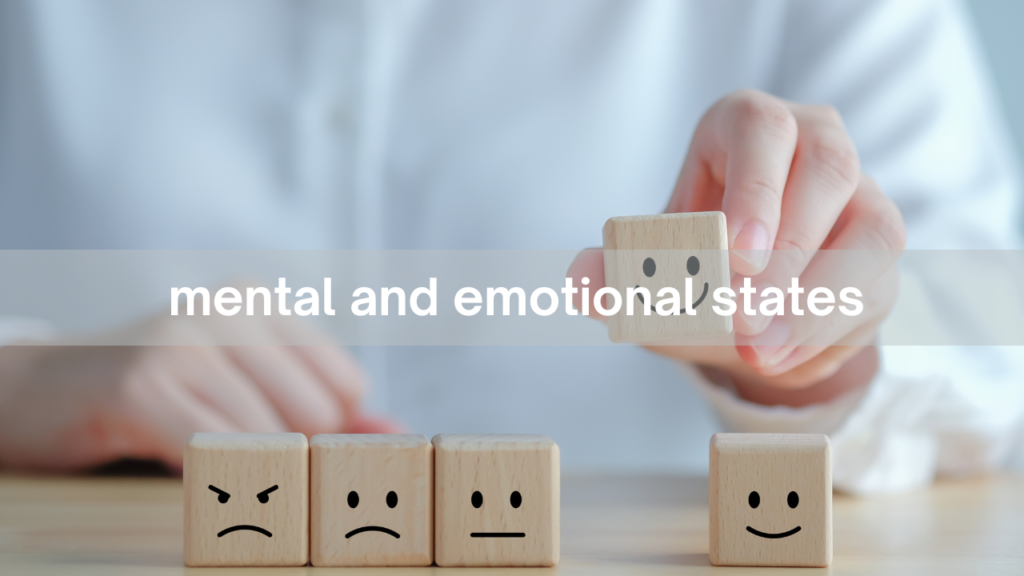
Our homes often serve as more than just a place to live; they can be a canvas for our mental and emotional states. The way we maintain and organize our living spaces can reveal significant insights into our mental health, reflecting our internal struggles, stress levels, and overall well-being. Understanding this connection can offer valuable clues about our emotional state and guide us toward improving our mental health.
Clutter and Chaos: Signs of Stress and Anxiety
One of the most noticeable indicators of mental health issues in the home is clutter. A disorganized, chaotic space often mirrors a cluttered mind. Studies have shown that living in a cluttered environment can increase stress levels and contribute to feelings of anxiety. When the space around us is disorganized, it can make it difficult to focus and create a sense of being overwhelmed. The inability to find things and the constant visual stimulation of clutter can exacerbate feelings of stress.
For those experiencing high levels of stress or anxiety, their homes may become a reflection of their mental state. Piles of unaddressed mail, overflowing laundry baskets, and a lack of cleanliness can indicate underlying emotional turmoil. Addressing clutter not only helps improve the physical space but can also provide a sense of control and calm.
Minimalism and Serenity: A Quest for Peace
Conversely, a minimalist, organized home can be indicative of a person striving for peace and mental clarity. Many people who prioritize simplicity and order in their living spaces often do so in an attempt to create a serene environment that promotes mental well-being. Minimalist living can help reduce distractions and create a calming atmosphere, which may reflect an individual’s desire for mental clarity and balance.
For those who practice minimalism, their homes are often meticulously organized, with a focus on functional and meaningful items. This approach can be therapeutic, offering a structured environment that contrasts sharply with the chaos of a cluttered space. The orderly nature of a minimalist home can symbolize a balanced, organized mind and a conscious effort to maintain mental peace.
Personalization and Self-Expression: Insights into Self-Identity
The way we decorate and personalize our homes can also provide insights into our self-identity and emotional state. Personal touches, such as photographs, artwork, and mementos, can reflect our values, interests, and experiences. A home filled with personal items often indicates a strong sense of identity and comfort, suggesting a person who feels secure and connected to their surroundings.
However, if the personalization of a space is driven by a need for validation or approval from others, it may suggest underlying insecurities or a lack of self-esteem. The desire to create a perfect image through home decor can sometimes mask deeper issues related to self-worth and identity.
Maintaining Balance: The Impact of Routine and Care
The regular maintenance of a home can also provide clues about one’s mental health. A well-kept home often reflects a person who is engaged in self-care and maintains a routine. Regular cleaning, organization, and upkeep can indicate a person who is proactive about their well-being and able to manage daily responsibilities.
In contrast, neglecting home maintenance may signal a lack of motivation or difficulties in managing daily tasks, which can be associated with depression or other mental health challenges. Addressing these issues and creating a routine for home care can contribute to overall mental well-being.
Conclusion
Our living spaces often serve as a mirror for our mental and emotional states. By paying attention to the condition and organization of our homes, we can gain valuable insights into our mental health and take steps to address underlying issues. Whether through decluttering, adopting minimalist practices, or maintaining a routine, our homes can be a powerful tool in fostering mental well-being and achieving a balanced, fulfilling life.